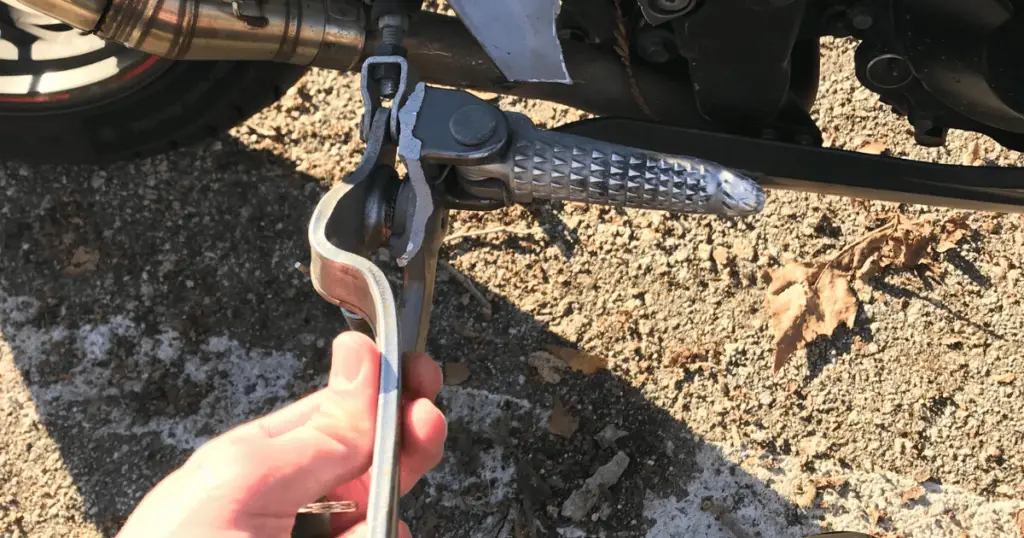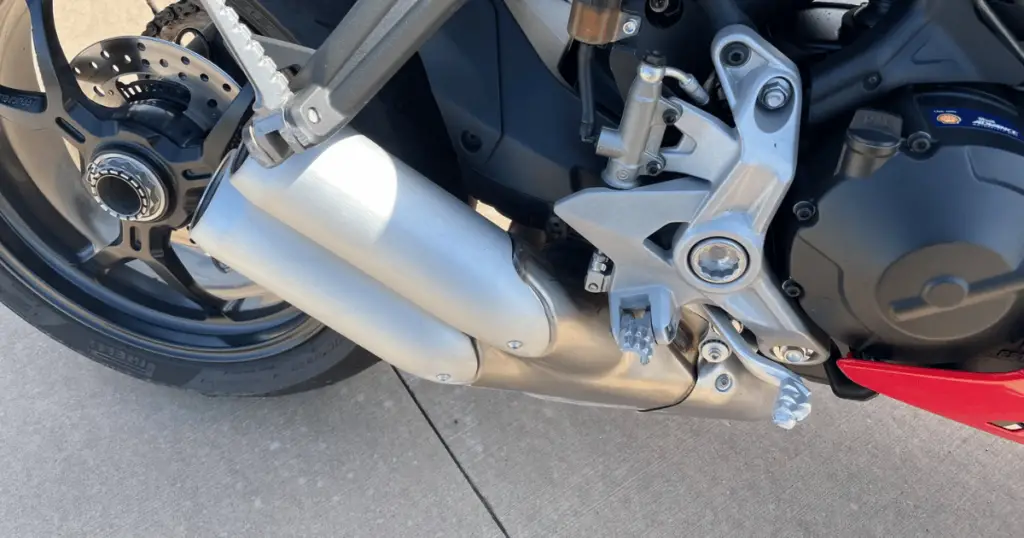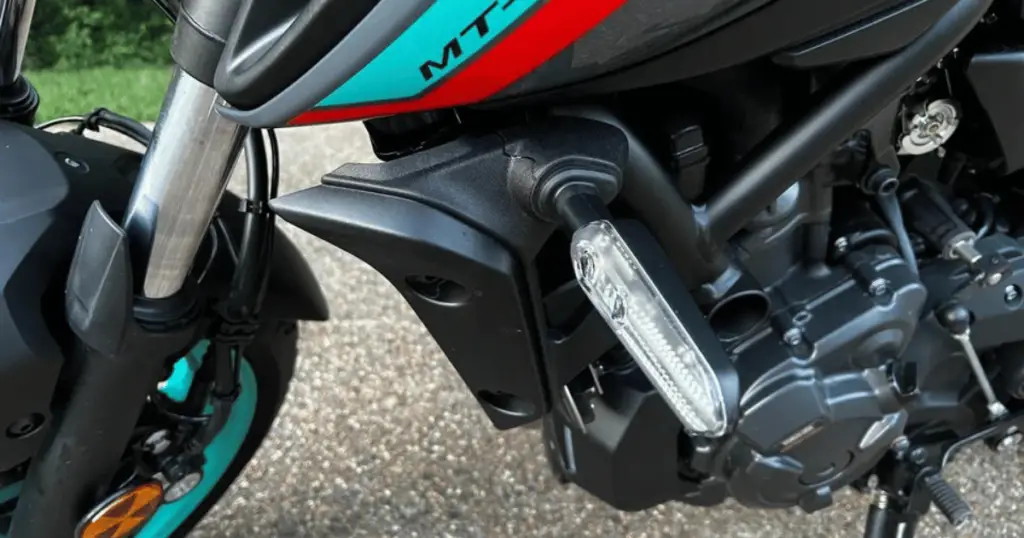Every rider, whether novice or experienced, can attest to the fact that accidents are unpredictable. A momentary lapse of concentration or an unforeseen obstacle can lead to your motorcycle tipping over. Trust me, I hear “I dropped my motorcycle” all the time.Such incidents can be unsettling, but understanding how to assess the situation and check for potential damages can provide peace of mind.
This guide offers insights into what you should inspect after your motorcycle has had a minor mishap. So what’re you waiting for? Let’s get to it!
Your Motorcycle Tipped Over, Should You Be Concerned?
When your motorcycle falls, it’s normal to feel a pang of anxiety. But don’t worry, the damage is usually minimal if the drop occurred at a low speed or while stationary. However, it’s essential to check for potential damages to ensure your ride is still safe and sound.

Brief Overview of Usual Concerns With Motorcycle Tip Over Damage
Motorcycles are designed to withstand minor falls without sustaining significant damage. However, there are few areas you should examine after a tip-over:
- Controls: Check for bent or broken levers, foot pegs, and pedals.
- Engine Cases: Look for cracks, punctures, or leaks in the engine case.
- Handlebars: Ensure they are straight and aligned correctly.
- Frame: Check for any signs of damage to the frame.
- Lights and Indicators: Make sure they are operational and unbroken.
Remember, safety is paramount. If you’re unsure about any potential damage, it’s best to have your bike checked by a professional mechanic.
Related: Beware of This Motorcycle Death Wobble
Step-By-Step Guide for What To Check When A Motorcycle Falls Over
Check All Controls (levers, foot pegs)
Start by checking all the controls, including the levers, foot pegs, and pedals. Make sure they aren’t bent, broken, or loose. The brake and clutch levers should move smoothly without any resistance. Also, ensure the foot pegs are secure and not cracked or bent.

Check Engine Cases
Next, inspect the engine cases for any visible damage. Look for cracks, punctures, or any signs of oil or coolant leaks. If there’s a leak or if a hole has been punched into the case, you’ll need professional assistance to fix it.
Check Handlebar Alignment
The handlebars are another critical area to inspect. Check for any signs of misalignment or bends. You can do this by riding the bike slowly in a straight line and noticing if there’s any pull to either side.
Check For Frame Damage
Inspect the motorcycle’s frame for any signs of damage. Check for bends, cracks, or any signs of distress. The frame is the backbone of your motorcycle, and any damage to it could significantly impact the bike’s performance and safety.

Can I Run The Engine After I Dropped My Motorcycle?
Before starting the engine, make sure it’s not leaking any fluids. If there’s no leak, you can start the engine. However, listen for any unusual sounds. If the engine isn’t running smoothly or you hear strange noises, it’s best to get it checked by a professional.
Related: Lean Fuel Mixture Symptoms for Motorcycles
Should I File A Claim? Depends
Whether or not to file an insurance claim after your motorcycle tips over depends on the extent of the damage and your insurance policy. If the damage is minimal and can be repaired easily, it might not be worth making a claim, particularly if you’ll end up paying more in increased premiums.
Recap of Main Concerns and Points To Check
In conclusion, if your motorcycle tips over, remain calm and systematically check the bike for potential damages. Pay close attention to the controls, engine cases, handlebars, and frame. Always prioritize safety over cost and consult with a professional if you’re unsure about the bike’s condition. Remember, it’s better to be safe than sorry.